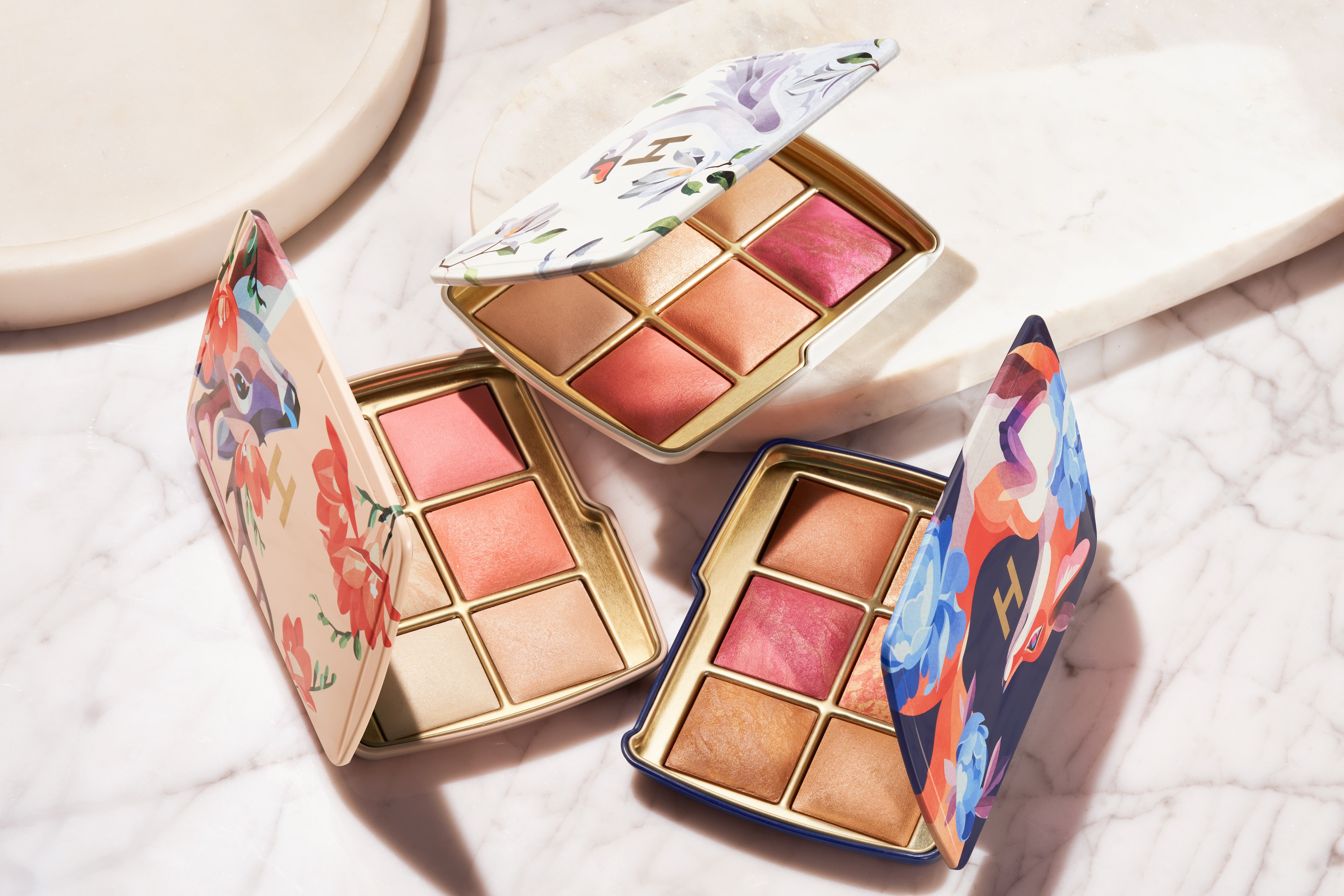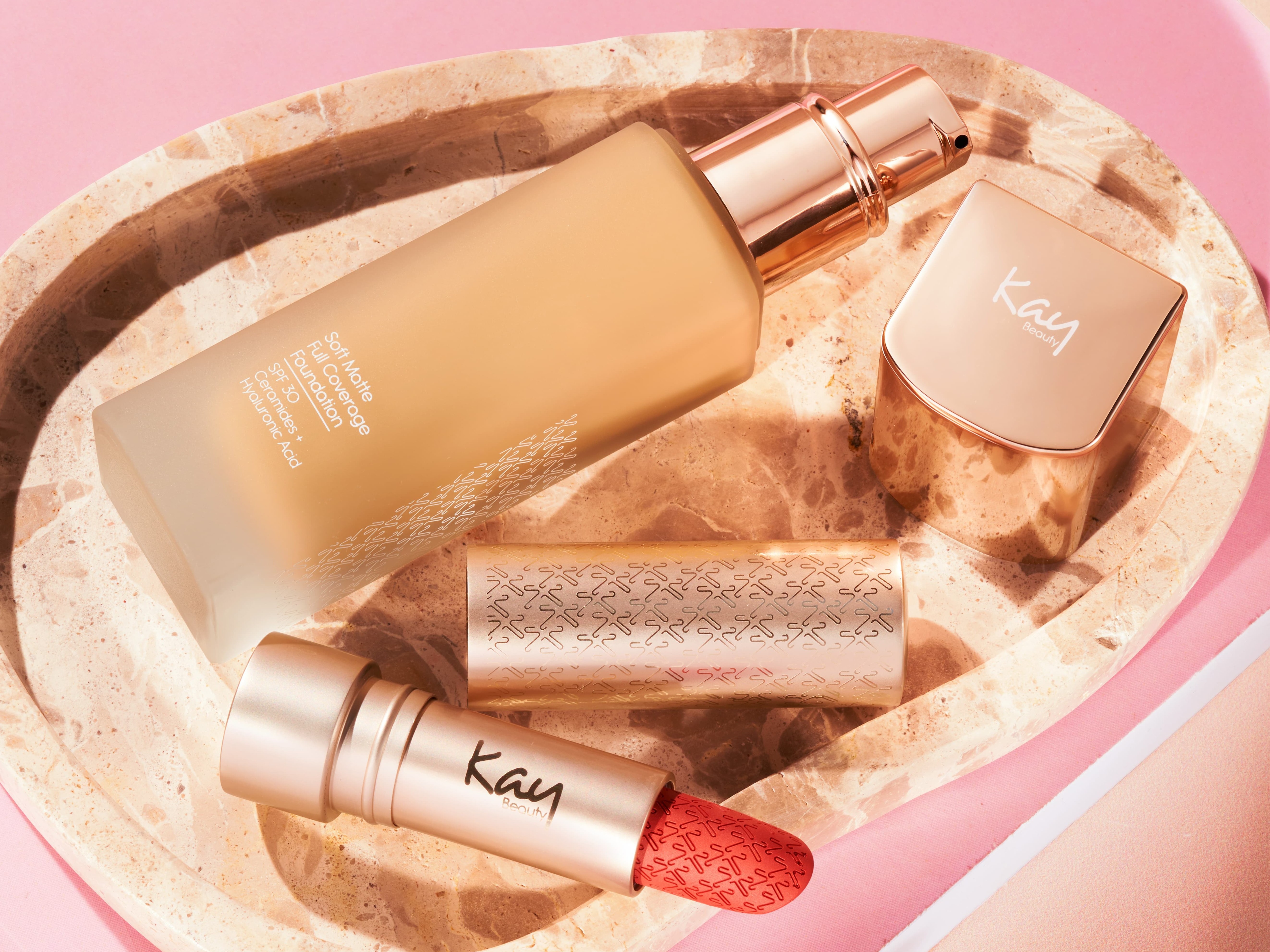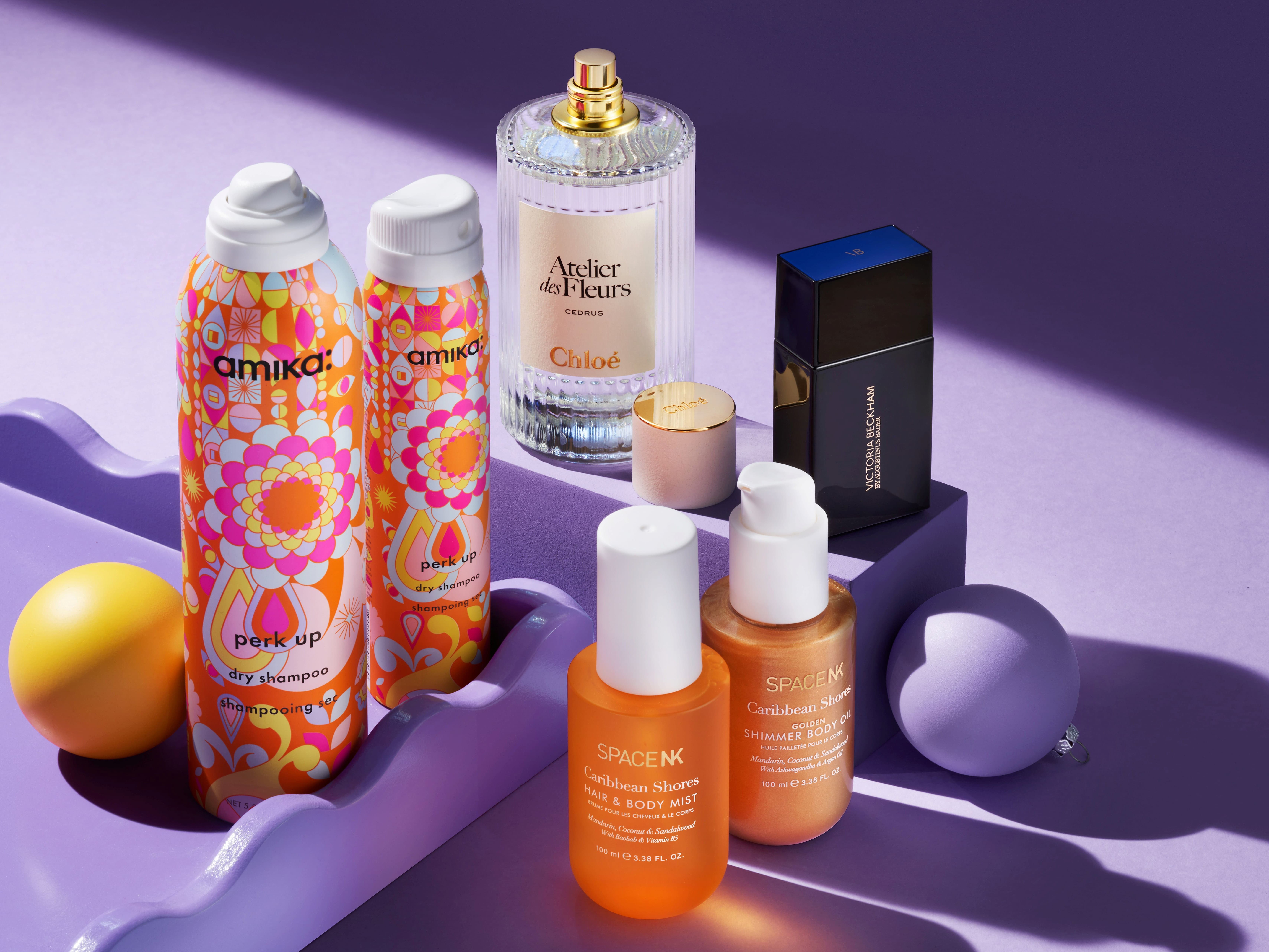What Does Azelaic Acid Do And How Should I Use It?
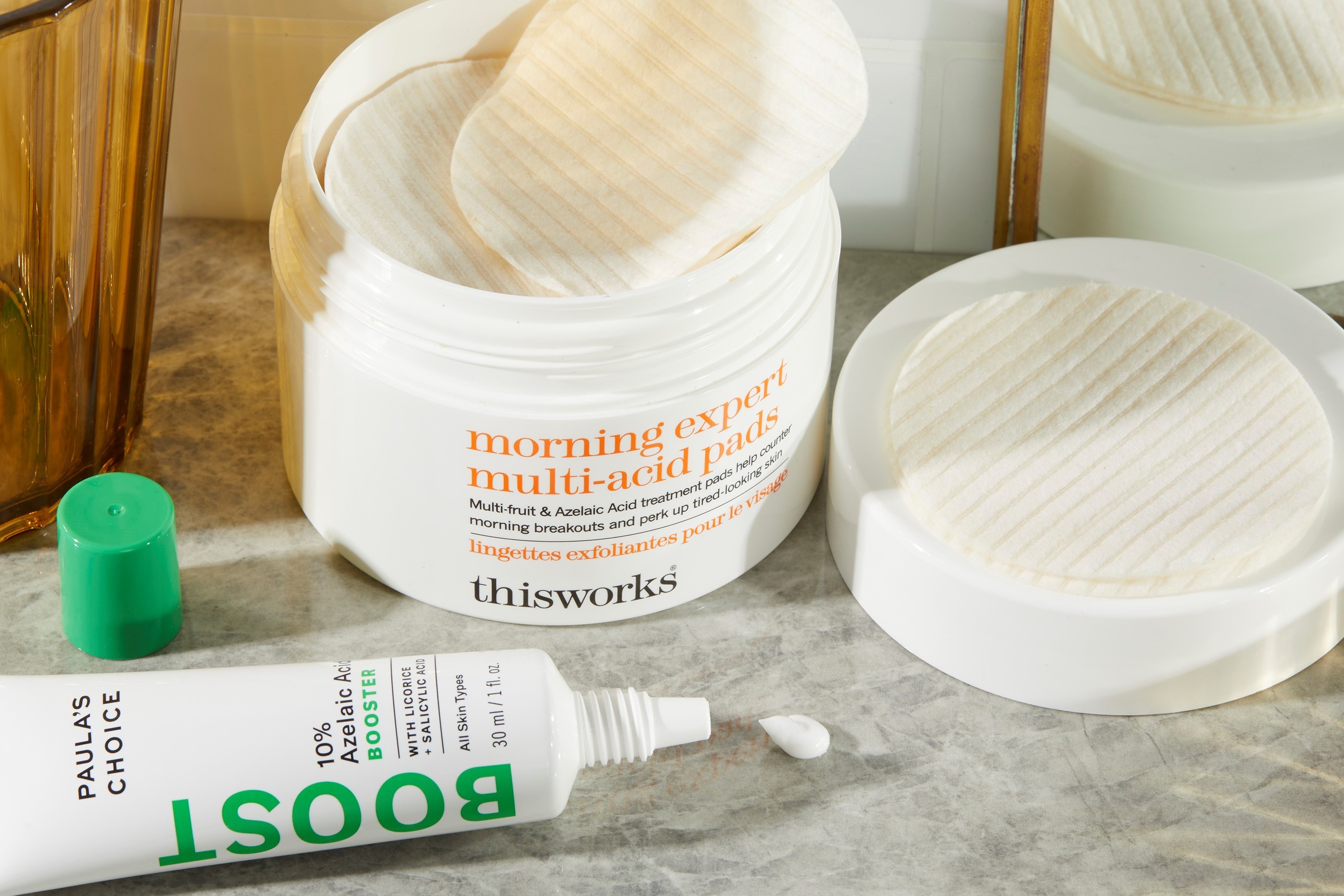
It may not have been an ingredient you’ve heard of before – glycolic and salicylic acid tend to steal the limelight - but it’s favoured by dermatologists worldwide, because as well as reducing acne, it can also fade existing blemish-induced pigmentation and it’s gentle enough for anyone with rosacea to use too, unlike many of the other acids, which makes it very special indeed.
Discover everything you need to know about the amazing azelaic acid benefits, how to use azelaic acid and the best azelaic acid products to incorporate into your skincare arsenal.
What Is Azelaic Acid?
If you’re after fancy terminology then azelaic acid is a dicarboxylic acid - sounds scary, but it’s a very gentle and kind acid. It is created in labs using ingredients such as barley, wheat and rye and can be found in all types of products from pastes to serums to masks.
Benefits of Azelaic Acid For Skin
As mentioned, it is an exfoliating ingredient, however azelaic acid benefits go beyond that. “It is able to stop the growth of P. acnes; the blemish-causing bacteria,” explains Daniel Isaacs, Director of Research at skincare brand, Medik8. “On top of this, it can normalise the skin-shedding cycle. This helps stop the plugging of a pore which can lead to blemishes. It is a potent anti-inflammatory, and it can even target overactive melanocytes, the skin cells which produce pigments, to reduce post-inflammatory hyperpigmentation after blemishes have healed.”
Side effects of Azelaic Acid
There are very few negatives that come with azelaic acid, “it’s a very well tolerated ingredient and there isn’t any evidence that it should interfere with any other ingredients,” says Daniel. And for anyone wondering: can I use azelaic acid and retinol? Then the answer is a resounding yes.
How to use Azelaic Acid in your skincare routine
Because azelaic acid is an ingredient with a specific skincare goal, you won’t tend to find it in cleansers or products that are washed off the skin as it needs to stay on to get to work. Most commonly it will be found it blemish treatments and gels or treatment masks and solutions that can be applied under, or combined with, your regular moisturiser. “I recommend using it after exfoliating,” says Paula Begoun, skincare expert and founder of Paula’s Choice.
It’s also worth noting that azelaic acid is okay to use alongside other acids such as glycolic, lactic and salicylic, which you are likely to find in your toning or exfoliating products already. In fact, Paula encourages the use of an AHA or BHA exfoliant alongside azelaic acid. “Even though azelaic acid has some exfoliating properties, it is not as effective when compared to AHAs or BHA, so if you’re struggling with sun damage and clog pores, I’d advise using both,” she says.
The Best Azelaic Acid Products
Whether you want to embrace azelaic acid in all its glory or use it on specific areas of concern, there is a product to suit your skin and routine. Here are the three azelaic acid products we really love.
The INKEY List
SuperSolutions 10% Azelaic Acid Serum, £ 16,00
The Daily Treatment
This affordable azelaic acid serum truly packs a punch. It’s formulated with 10% azelaic acid and soothing allantoin, so it’s a great option for those new to the ingredient. We love that the green-tinted formula helps to mask the appearance of redness instantly. It’s also quick to absorb into your skin and plays well beneath makeup, so you can incorporate it into your morning or evening skincare routine easily.

Drunk Elephant
Bouncy Brightfacial™, £ 62,00
The Weekly Treatment
A supercharged cocktail of salicylic acid, azelaic acid and brightening antioxidants, Drunk Elephant’s face mask helps keep breakouts at bay and fade discolouration and hyperpigmentation. It’s the perfect weekly reset to reveal new and brighter skin after a long week.
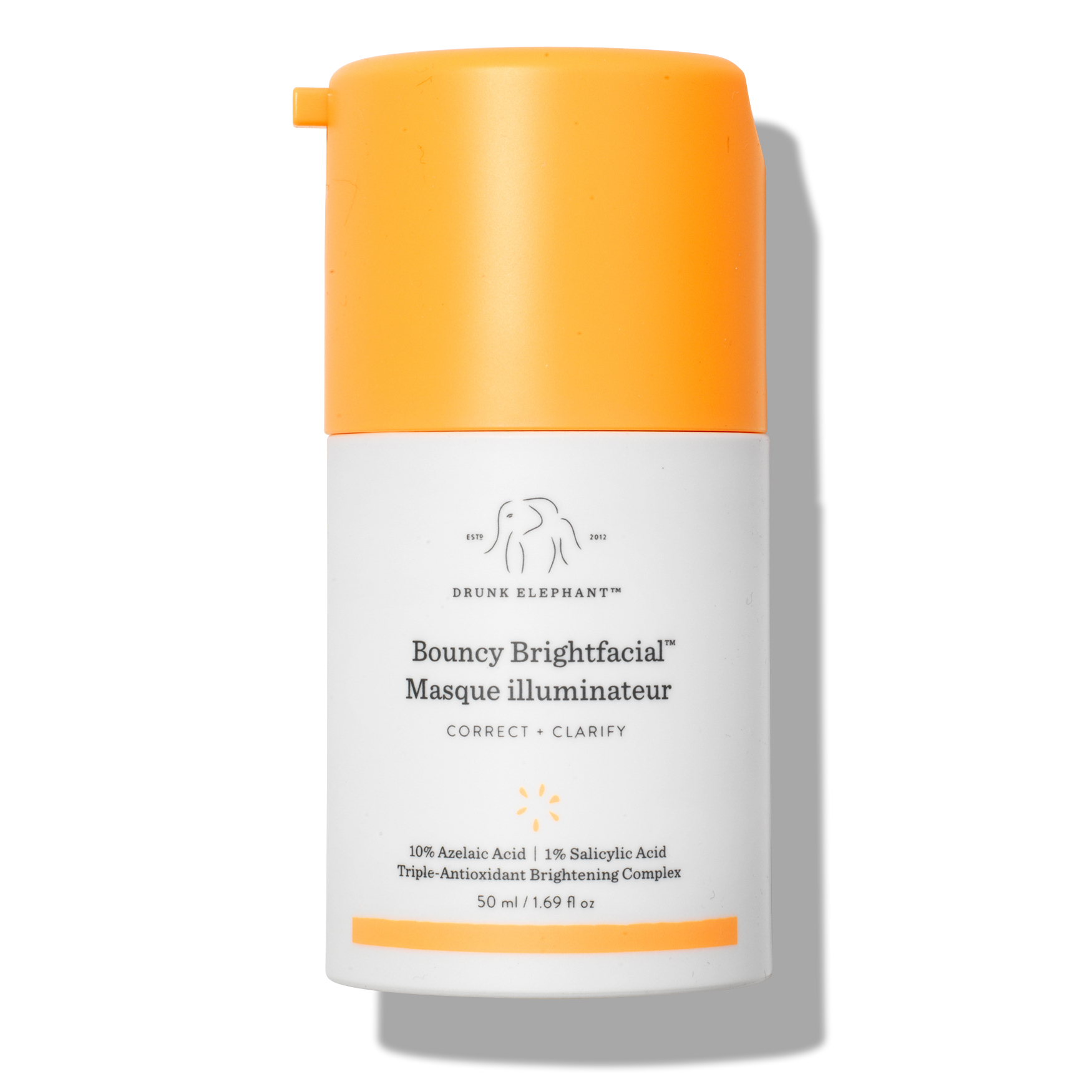
Medik8
Blemish SOS Rapid Action Target Gel, £ 25,00
For On-The-Spot Action
A fast-acting treatment that targets spots, reduces inflammation and fights acne-causing bacteria, this gel is a bathroom cabinet essential. While it won’t magically erase the angry spot you woke up with, it will dramatically reduce to redness and inflammation.
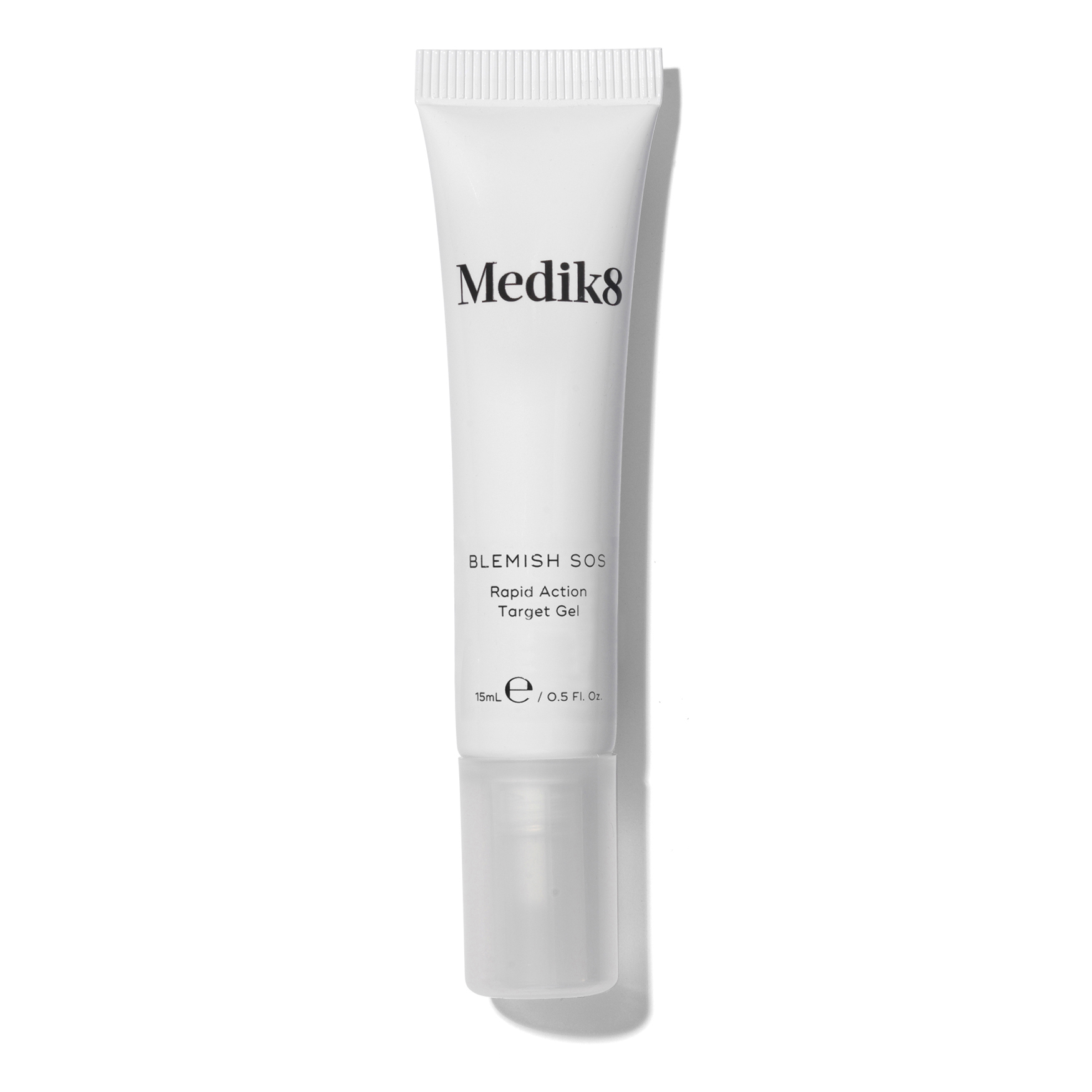
Can you Use Azelaic Acid Everyday?
Azelaic acid is gentle and safe enough to use everyday, twice a day, morning and night. If you have some stubborn breakouts, you can use a targeted treatment like the Medik8 Blemish SOS Rapid Action Gel and reapply at night before bed. When used in the morning, always finish your routine with a sunscreen (although SPF should always be a part of your morning routine) to avoid any sun damage.
Is Azelaic Acid Safe for All Skin Types
Azelaic acid is great for all skin types but it’s especially good if you have sensitive skin. If you’ve used other exfoliating acids before like salicylic acid and irritation occurred, azelaic acid is an efficient yet gentle alternative. If you have oily or combination skin, you can layer other acids with azelaic acid to get even better results from this skincare cocktail.
Final verdict on azelaic acid for skin
If you have oily skin, clogged pores, spot prone skin or you have sensitive skin that cannot tolerate other acids, azelaic acid products are worth considering. The fact that you can use azelaic and retinol together is a big win for anyone looking to exfoliate skin and smooth fine lines and wrinkles. If blocked pores are your bug-bear, it might be worth considering using a clay mask once a week, alongside your azelaic acid treatment daily. What sets it apart from other acids is its ability to be slotted into your regular skincare routine without causing any fuss or bother to anything else. It is a super-efficient but well-behaved ingredient and isn’t that what we’re all after?
Read More
• How To Treat Hormonal Acne• The Benefits of Milk in Skincare • The Benefits of Rosehip Oil
• The Benefits of Peptides • The Benefits of Honey for Skin



